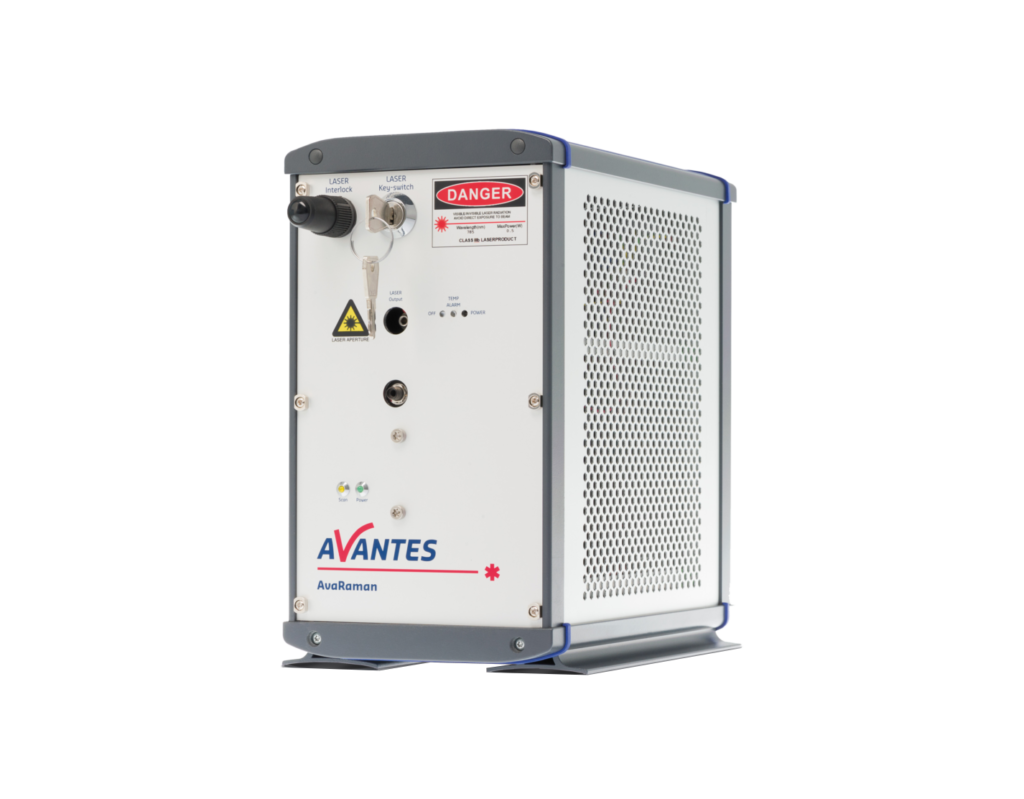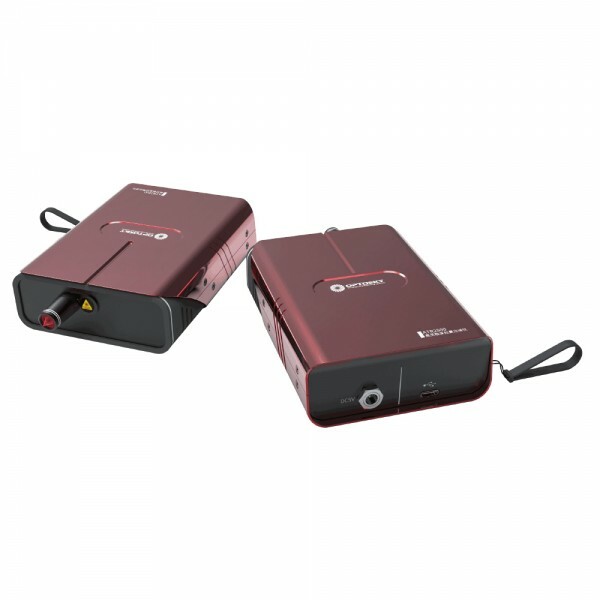Raman scattering (RS) is a tool of Raman spectroscopy for analyzing molecular systems. The principle of RS is based on the interaction of light with matter, in which photons are absorbed or scattered by molecules, changing their energy. Within RS, the main types of interactions include Rayleigh scattering, Mandelstam-Brillouin scattering, and Raman scattering.
Raman spectroscopy allows the study of the molecular structure and composition of substances. The method is based on the registration of changes in photon energy caused by Raman scattering. In Raman scattering, a molecule interacts with photons, gaining or losing energy, which leads to a shift in the wavelength of the scattered light. This shift is related to the characteristics of the molecule, such as vibrational and rotational states.
Raman spectroscopy is used in various fields of science and technology, including chemistry, biology, materials science, and pharmaceuticals. RS allows the study of the composition and structure of complex systems, the determination of functional groups in organic compounds, the analysis of crystalline structures, and the detection of traces of chemical substances.
Specialized equipment is required to perform Raman spectroscopy, including the following components:
Raman spectroscopy allows the study of the molecular structure and composition of substances. The method is based on the registration of changes in photon energy caused by Raman scattering. In Raman scattering, a molecule interacts with photons, gaining or losing energy, which leads to a shift in the wavelength of the scattered light. This shift is related to the characteristics of the molecule, such as vibrational and rotational states.
Raman spectroscopy is used in various fields of science and technology, including chemistry, biology, materials science, and pharmaceuticals. RS allows the study of the composition and structure of complex systems, the determination of functional groups in organic compounds, the analysis of crystalline structures, and the detection of traces of chemical substances.
Specialized equipment is required to perform Raman spectroscopy, including the following components:
1. Laser: used as a source of radiation. Raman lasers with high wavelength stability and narrow spectral width are used for Raman spectroscopy. Lasers with different wavelengths are used depending on the required analysis. CNI develops special lasers for Raman applications. The manufacturer offers various types of wavelengths and power levels to meet customer requirements.

2. Raman spectrometer: measures the result of inelastic photon scattering. Avantes uses highly sensitive AvaSpec spectrometers in combination with a 532 nm or 785 nm wavelength laser to obtain accurate results in Raman measurements. The ATR2500 Raman spectrometer from Optosky is also excellent for laboratory scientific research.

3. Control and data analysis system: usually includes a computer and special software for equipment control, spectral data collection, and analysis.
"Photonics" is a distributor of Avantes, Optosky, and CNI in the Republic of Kazakhstan and CIS countries. Full technical and service support, custom solutions development to meet your needs.
"Photonics" is a distributor of Avantes, Optosky, and CNI in the Republic of Kazakhstan and CIS countries. Full technical and service support, custom solutions development to meet your needs.
